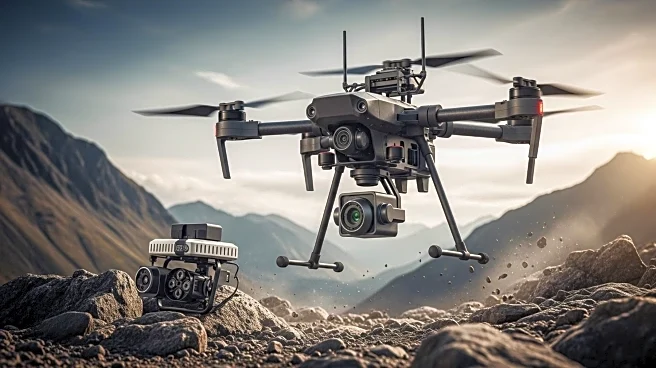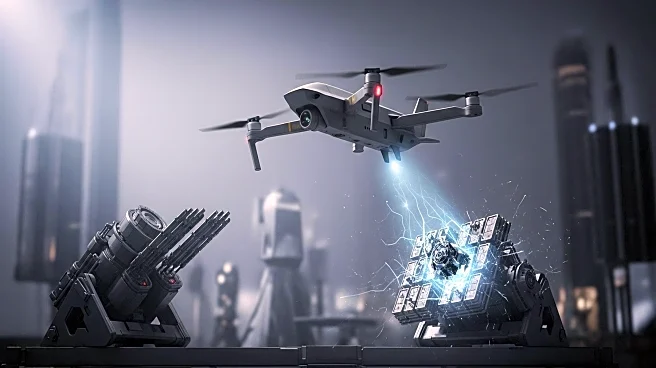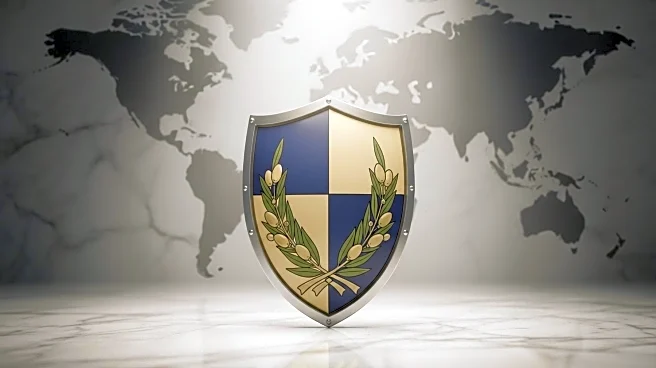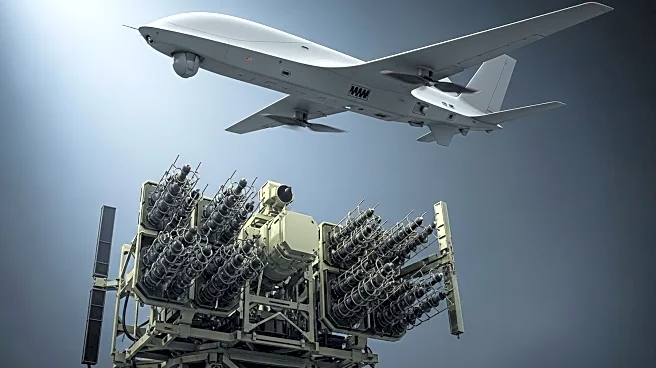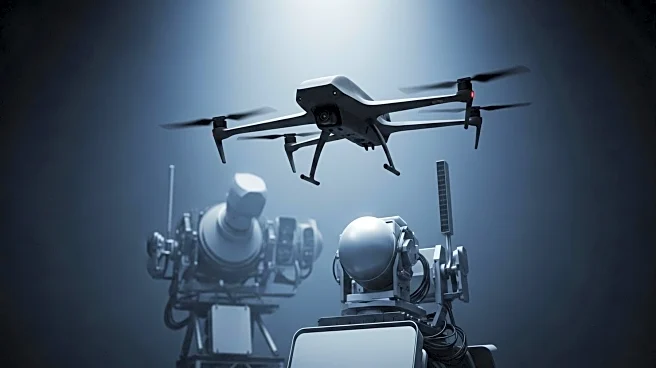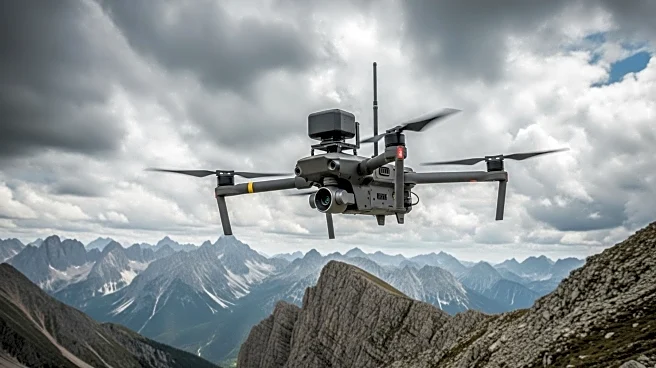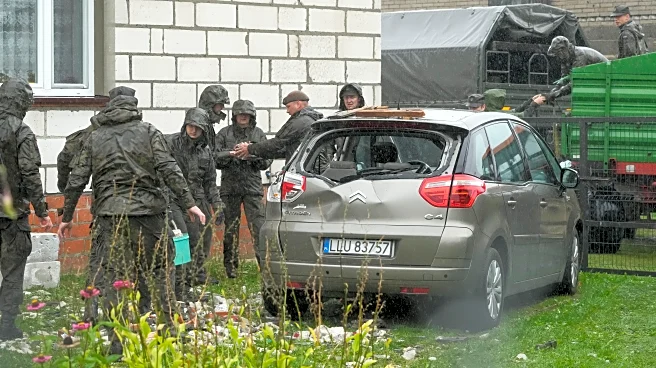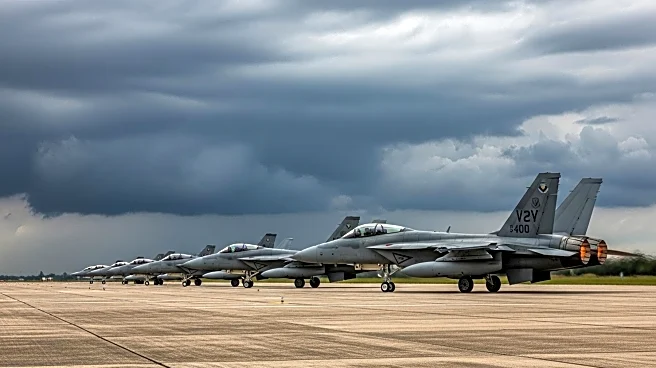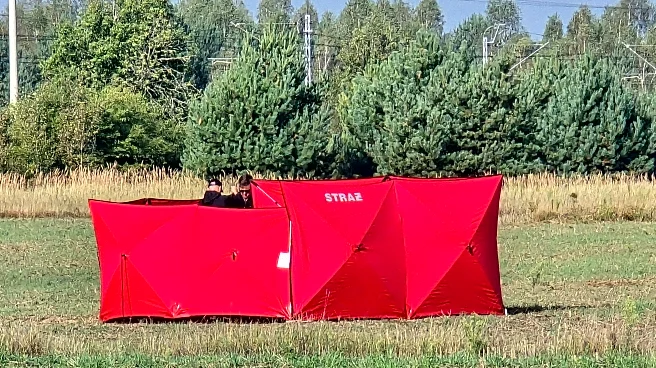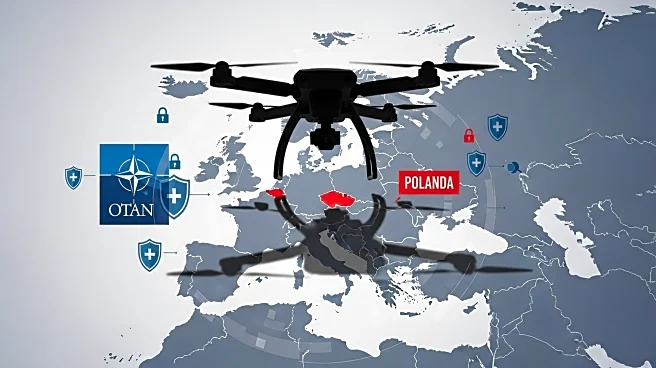What's Happening?
NATO has encountered its first significant drone warfare challenge as Russian drones violated Polish airspace, prompting a military response. Polish authorities reported 19 airspace violations, leading to the deployment of fighter jets and Patriot air defense systems. The incident highlights NATO's vulnerability to drone warfare, with experts suggesting the incursions may have been deliberate to test NATO's response capabilities. The situation underscores the complexity of modern warfare, where inexpensive drones can provoke costly military responses.
Why It's Important?
The incident exposes potential weaknesses in NATO's air defense systems, which are primarily designed to counter fast-moving missiles rather than small, slow-moving drones. This development could lead to a reassessment of defense strategies and increased investment in anti-drone technologies. The economic disparity between the cost of drones and the military response raises concerns about the sustainability of current defense models. The situation also highlights the need for enhanced cooperation and information-sharing among NATO allies to effectively counter such threats.
What's Next?
NATO is likely to review and potentially upgrade its air defense systems to better detect and neutralize drone threats. The alliance may also increase joint military exercises and intelligence-sharing to improve readiness. Diplomatic efforts to address the root causes of the conflict and prevent further escalation are expected to continue. The incident may prompt discussions on international regulations governing drone warfare and airspace violations.
